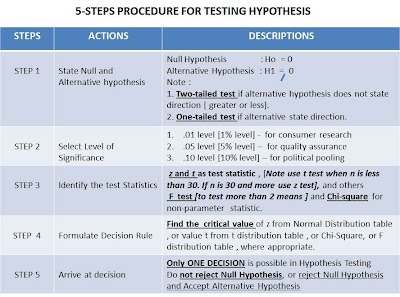Monday, March 22, 2021
RESEARCH METHODOLOGY [ PART 1: OVERVIEW TYPES & METHODS ]. GUIDE FOR MAS...
Thursday, June 25, 2020
Thursday, June 18, 2020
Labels:
MASTER,
PhD,
QUALITATIVE RESEARCH,
QUANTITATIVE . RESEARCH DESIGN,
QUANTITATIVE RESEARCH,
RESEARCH FOR,
RESEARCH METHODOLOGY,
RESEARCH METHODOLOGY ISLAMIC PERSPECTIVE,
RESEARCH REPORT
Saturday, June 13, 2020
Labels:
MASTER,
PhD,
QUALITATIVE RESEARCH,
QUANTITATIVE . RESEARCH DESIGN,
QUANTITATIVE RESEARCH,
RESEARCH FOR,
RESEARCH METHODOLOGY,
RESEARCH METHODOLOGY ISLAMIC PERSPECTIVE,
RESEARCH REPORT
Tuesday, December 5, 2017

RESEARCH METHODOLOGY FOR MASTER AND PHD STUDENTS
https://www.slideshare.net/shayaa/research-methodology-insaniah
Saturday, April 9, 2011
QUALITATIVE VS QUANTITATIVE RESEARCH
MIX QUALITATIVE & QUANTITATIVE RESEARCH
Benefits of Combining Qualitative & Quantitative Methods
1. While the Quantitative design strives to control for bias so that facts can be understood in an objective way, the Qualitative approach is striving to understand the perspective of the program stakeholders, looking to firsthand experience to provide meaningful data.
2. The accumulation of facts and causes of behavior are addressed by quantitative methodology as the qualitative methodology addresses concerns with the changing and dynamic nature of reality.
3. Quantitative research designs strive to identify and isolate specific variables within the context (seeking correlation, relationships, causality) of the study as the Qualitative design focuses on a holistic view of what is being studied (via documents, case histories, observations and interviews).
4. Quantitative data is collected under controlled conditions in order to rule out the possibility that variables other than the one under study can account for the relationships identified while the Qualitative data are collected within the context of their natural occurrence.
5. Both Quantitative and Qualitative research designs seek reliable and valid results. Data that are consistent or stable as indicated by the researcher's ability to replicate the findings is of major concern in the Quantitative arena while validity of the Qualitative findings are paramount so that data are representative of a true and full picture of constructs under investigation.
6. By combining methods, advantages of each methodology complements the other making a stronger research design with resulting more valid and reliable findings. The inadequacies of individual methods are minimized and more threats to Internal Validity are realized and addressed.
Friday, April 8, 2011
Sunday, November 28, 2010
Statistical Analysis for Researcher
Statistical Probability - Concepts Overview to be Understood by Researcher
Saturday, November 20, 2010
Note 3. Qualitative Research Vs Quantitative Research
Check out this SlideShare Presentation:
Wednesday, November 17, 2010
Model Example of Research Proposal
Check out this SlideShare Presentation:
Research Methodology Lecture for Master & Phd Students
Check out this SlideShare Presentation:
Labels:
QUALITATIVE RESEARCH,
QUANTITATIVE . RESEARCH DESIGN,
QUANTITATIVE RESEARCH,
RESEARCH PROPOSAL,
STATISTICAL ANALYSIS,
STATISTICS,
STATISTICS FOR RESEARCH
Subscribe to:
Comments (Atom)







